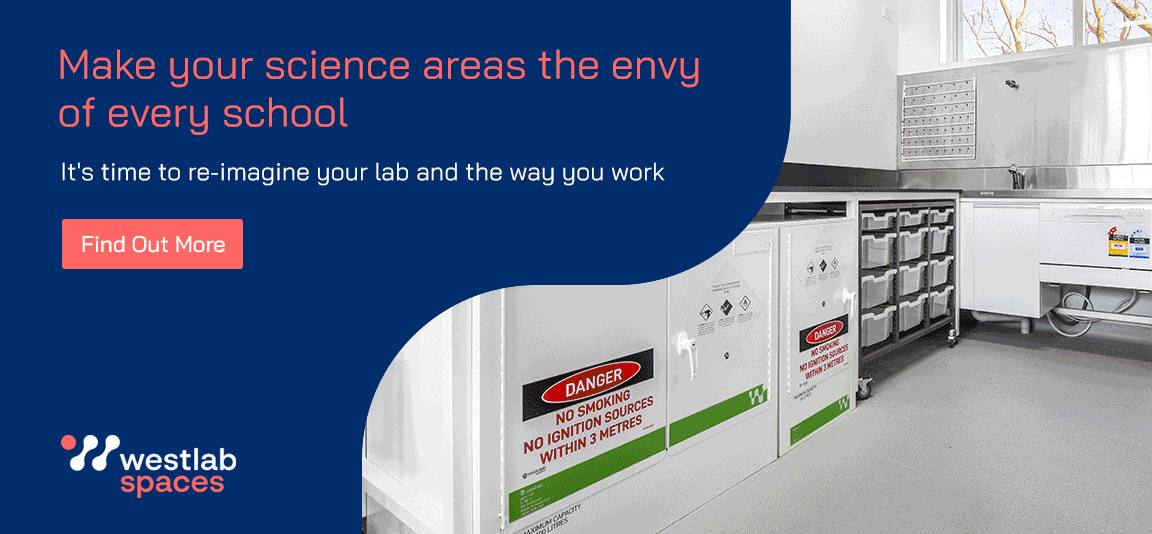Making a compound
Making a compound
Does anyone have an alternative to heating iron and sulfur to make a compound?
Re: Making a compound
Burning Mg in crucible produces MgO,
testing for H2 with lighter to make a "Pow" sound produces H2O, which you can test with Co paper
thats all I can think of this late in a week.
Lada
testing for H2 with lighter to make a "Pow" sound produces H2O, which you can test with Co paper
thats all I can think of this late in a week.
Lada
- smeee
- Posts: 617
- Joined: 02 Jun 2006, 10:00
- Job Title: Lab Technician
- School: LaSalle Catholic College
- Suburb: Bankstown
- State/Location: NSW
Re: Making a compound
Magnesium ( in crucible ) and Oxygen gives Magnesium oxide
- vlclabbie
- Posts: 367
- Joined: 21 Apr 2009, 11:22
- Job Title: Lab Chick
- Suburb: Albury
- State/Location: NSW
Re: Making a compound
Hmmmmm a campsite with fencing & hippies or nudists  gives a compound..... but I fear nudists may have been listed on the banned list of experiments?! So hippies it is.... now where did I put them.......
gives a compound..... but I fear nudists may have been listed on the banned list of experiments?! So hippies it is.... now where did I put them.......
Oooh I crack myself (& probably nobody else!!!) up!!
Oooh I crack myself (& probably nobody else!!!) up!!
Re: Making a compound
Re: Making a compound
Does anyone have any other suggestions?
We never have much success with the iron and sulphide and were looking for a second demonstration after doing the Mg and O2 one.
We never have much success with the iron and sulphide and were looking for a second demonstration after doing the Mg and O2 one.
- Graham Kemp
- Posts: 173
- Joined: 22 Nov 2011, 09:21
- Job Title: Laboratory Assistant
- School: St John's School
- Suburb: Roma
- State/Location: QLD
Re: Making a compound
The iron and sulfur experiment is a classic for a reason. I can't think of anything else that would do the job.
Both elements are solids at room temperature, as is the product. They do react well when heated, as long as you mixed them throughly beforehand. The change is clearly visible.
In addition, iron is magnetic, so powdered iron and sulfur mixtures are (somewhat) easily seperated. Iron sulfide is not magnetic, so you can demonstrate that a chemical change took place.
The main downside is that you have to use cheap, disposable test tubes because about the only way to get the lump out is to smash the glass. I've never liked that.
Both elements are solids at room temperature, as is the product. They do react well when heated, as long as you mixed them throughly beforehand. The change is clearly visible.
In addition, iron is magnetic, so powdered iron and sulfur mixtures are (somewhat) easily seperated. Iron sulfide is not magnetic, so you can demonstrate that a chemical change took place.
The main downside is that you have to use cheap, disposable test tubes because about the only way to get the lump out is to smash the glass. I've never liked that.
